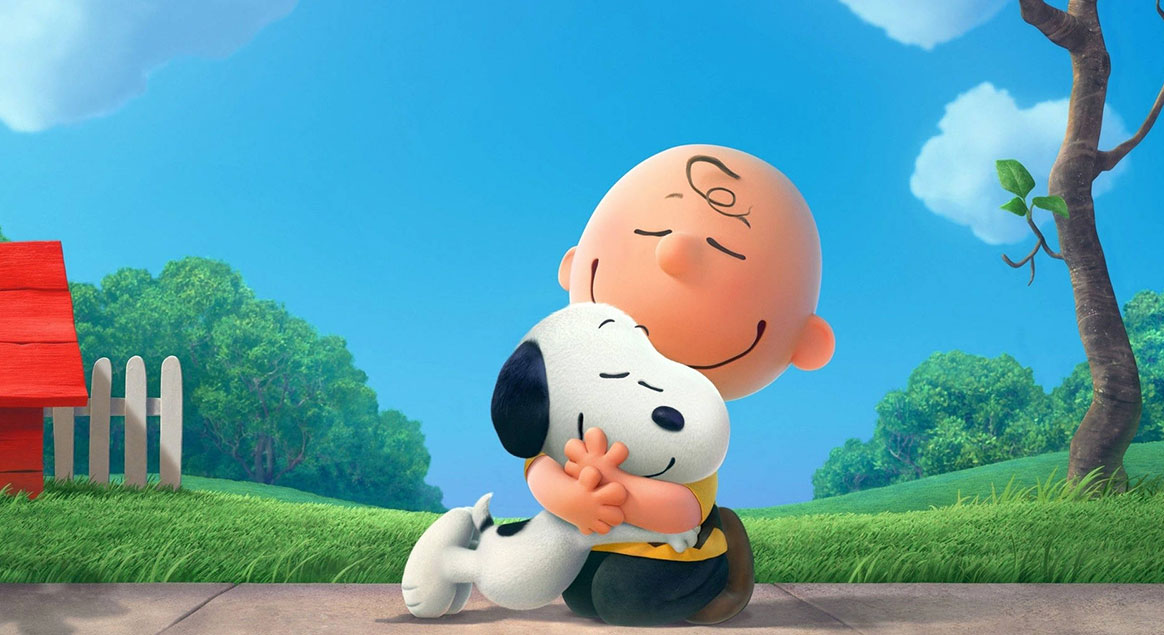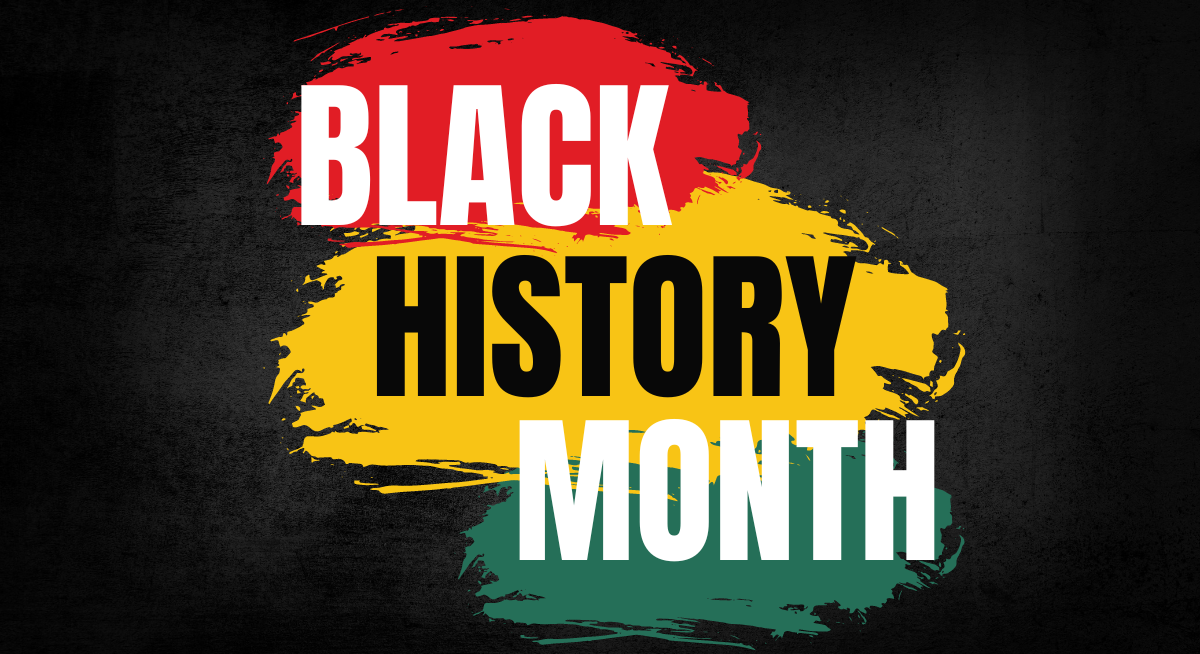Reflecting on the history of the annual day of celebrating love
Most people around the world give gifts such as flowers, chocolates, candy, and red hearts, to exchange with loved ones. Have you ever wondered where the origins of Valentine’s Day came from? Who chose February 14 for Valentine’s Day? Curious? Let’s explore and answer some of those questions.
Valentine’s Day History
Valentine’s Day, also called Saint Valentine’s Day or the Feast of Saint Valentine, celebrated annually on February 14., has not always been the romantic day as we know it today. The legend of Valentine’s Day is also a bit mysterious with both Christian and Roman influences.
Romans used to celebrate that day with a ritual of Lupercalia. To begin the festival, members of the Luperci (an order of Roman priests) would gather at a sacred cave where the infants Romulus and Remus, the founders of Rome, were raised. The priests sacrificed a goat for fertility and a dog for purification. They would then strip the goat’s hide into strips, dip them into the sacrificial blood and take to the streets, gently slapping both women and crop fields with the goat hide. Roman women welcomed the touch of the hides because it was believed to make them more fertile in the coming year.
Other stories suggest that Valentine was the name of a priest who married young lovers in secret when the Emperor of Roma Claudius II said that single men made better soldiers than those with wives and families. Priest Valentine later passed and his legacy was remembered with the celebration of Valentine’s Day.
When Lupercalia was later deemed “un-Christian” at the end of the 5th century, Pope Gelasius declared February 14 as St. Valentine’s Day.
During the Middle Ages, it was commonly believed in France and England that February 14 was the beginning of birds’ mating season, which added to the idea that the middle of Valentine’s Day should be a day for romance.
It originated as a Christian feast day honoring one or two early Christian martyrs named Saint Valentine and, through later folk traditions, has become a significant cultural, religious, and commercial celebration of romance and love in many regions of the world.
By the Middle Ages, perhaps thanks to this reputation, Valentine would become one of the most popular saints in England and France.
Although the truth behind the Valentine legends is murky, the stories all emphasize the appeal as a sympathetic, heroic and — most importantly — romantic figure.
Need some ideas on how to celebrate your special someone this year? Consider playing them the following songs
Romantic music for her; I don’t want to miss a thing;
Celebrate Valentine’s Day with ASYVC’s Self Love event.
Post authored by YSC Vice President.







